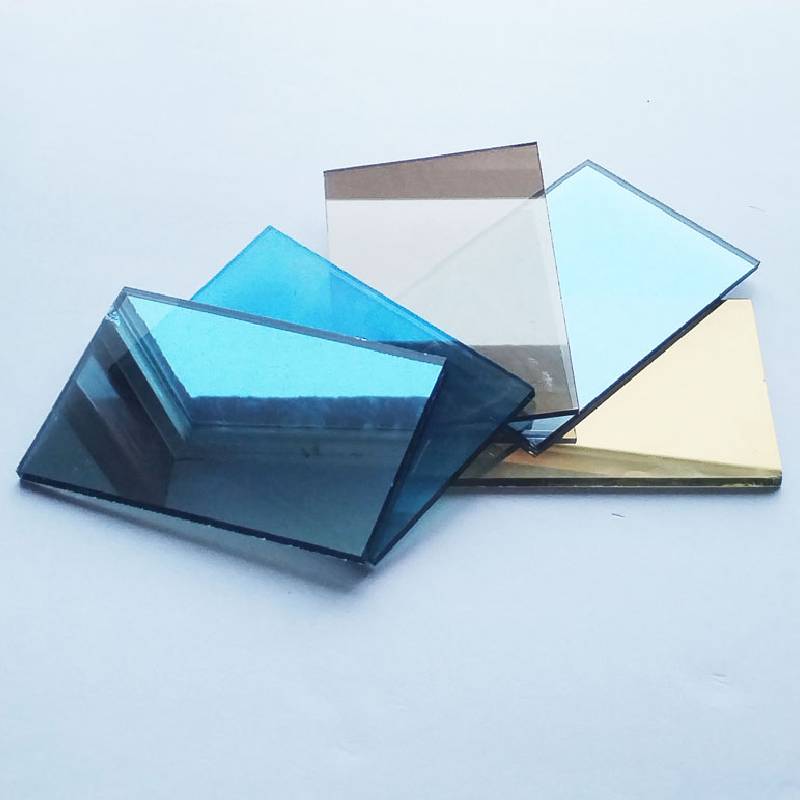Float Glass for Fusing An Overview
Float glass, a staple in the glass manufacturing industry, has gained a specialized application in fusing—a technique that involves melting pieces of glass together to create artistic and functional items. This process not only amplifies the aesthetic qualities of glass but also opens avenues for innovative designs. Let’s delve into the characteristics of float glass that make it ideal for fusing, its applications, and the process involved.
Characteristics of Float Glass
Float glass is produced through a unique manufacturing process where molten glass is floated on top of molten tin. This method provides a smooth and uniform surface, with excellent optical clarity and minimal distortion. The resulting product is strong, versatile, and can be easily cut into desired shapes and sizes. For fusing, these attributes play a crucial role.
One of the standout features of float glass is its low expansion coefficient, which allows it to withstand significant temperature changes without cracking. This characteristic is essential during fusing, as the glass needs to be gradually heated and cooled. Furthermore, float glass is available in a variety of thicknesses and finishes, which allows artists and manufacturers to experiment with different textures and transparency levels in their fused glass creations.
The Fusing Process
Fusing involves placing pieces of glass in a kiln where they are heated to specific temperatures that allow them to melt together. The most common fusing temperature ranges between 1300°F to 1500°F (700°C to 815°C), depending on the type of glass and desired outcome. Float glass is particularly favored for this process due to its ability to melt evenly and adhere well to other glass types.
float glass for fusing
Typically, the process begins with selecting float glass sheets that will be cut and shaped to create the desired design. These pieces are usually stacked or layered in such a way that they will fuse correctly when heated. It is essential to pay attention to the compatibility of different glass types, as mismatched coefficients of expansion can lead to issues during cooling, such as cracking.
Once the glass is arranged, it is placed in the kiln for a pre-determined amount of time. After the initial melting phase, the kiln temperature is gradually lowered in a controlled manner, allowing the glass to cool down without introducing stress. This cooling phase is critical, as it ensures the structural integrity of the final piece.
Applications of Fused Float Glass
Fused float glass has a wide range of applications in art and design. Artists create stunning mosaics, embellishments for home decor, and various functional objects like bowls, plates, and window art. The versatility of float glass allows for intricate layering and colorful designs, as different colors and textures can be combined to create breathtaking effects.
In architectural applications, fused glass is often used for decorative panels and installations. The ability to customize designs opens up opportunities for unique solutions in public spaces, office buildings, and residential homes. Additionally, fused glass can be treated for durability, making it suitable for outdoor applications as well.
Conclusion
Float glass is an ideal medium for fusing, marrying strength and clarity with artistic potential. Its manufacturing process lends itself to versatility, while its thermal properties ensure that the final products maintain durability and aesthetic appeal. As artists and designers continue to explore new techniques and applications, the world of fused float glass is bound to grow, offering endless creative possibilities. Whether for artistic expression or functional design, float glass plays an indispensable role in the captivating realm of fused glass art.
 Afrikaans
Afrikaans  Albanian
Albanian  Amharic
Amharic  Arabic
Arabic  Armenian
Armenian  Azerbaijani
Azerbaijani  Basque
Basque  Belarusian
Belarusian  Bengali
Bengali  Bosnian
Bosnian  Bulgarian
Bulgarian  Catalan
Catalan  Cebuano
Cebuano  Corsican
Corsican  Croatian
Croatian  Czech
Czech  Danish
Danish  Dutch
Dutch  English
English  Esperanto
Esperanto  Estonian
Estonian  Finnish
Finnish  French
French  Frisian
Frisian  Galician
Galician  Georgian
Georgian  German
German  Greek
Greek  Gujarati
Gujarati  Haitian Creole
Haitian Creole  hausa
hausa  hawaiian
hawaiian  Hebrew
Hebrew  Hindi
Hindi  Miao
Miao  Hungarian
Hungarian  Icelandic
Icelandic  igbo
igbo  Indonesian
Indonesian  irish
irish  Italian
Italian  Japanese
Japanese  Javanese
Javanese  Kannada
Kannada  kazakh
kazakh  Khmer
Khmer  Rwandese
Rwandese  Korean
Korean  Kurdish
Kurdish  Kyrgyz
Kyrgyz  Lao
Lao  Latin
Latin  Latvian
Latvian  Lithuanian
Lithuanian  Luxembourgish
Luxembourgish  Macedonian
Macedonian  Malgashi
Malgashi  Malay
Malay  Malayalam
Malayalam  Maltese
Maltese  Maori
Maori  Marathi
Marathi  Mongolian
Mongolian  Myanmar
Myanmar  Nepali
Nepali  Norwegian
Norwegian  Norwegian
Norwegian  Occitan
Occitan  Pashto
Pashto  Persian
Persian  Polish
Polish  Portuguese
Portuguese  Punjabi
Punjabi  Romanian
Romanian  Russian
Russian  Samoan
Samoan  Scottish Gaelic
Scottish Gaelic  Serbian
Serbian  Sesotho
Sesotho  Shona
Shona  Sindhi
Sindhi  Sinhala
Sinhala  Slovak
Slovak  Slovenian
Slovenian  Somali
Somali  Spanish
Spanish  Sundanese
Sundanese  Swahili
Swahili  Swedish
Swedish  Tagalog
Tagalog  Tajik
Tajik  Tamil
Tamil  Tatar
Tatar  Telugu
Telugu  Thai
Thai  Turkish
Turkish  Turkmen
Turkmen  Ukrainian
Ukrainian  Urdu
Urdu  Uighur
Uighur  Uzbek
Uzbek  Vietnamese
Vietnamese  Welsh
Welsh  Bantu
Bantu  Yiddish
Yiddish  Yoruba
Yoruba  Zulu
Zulu 

